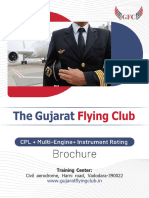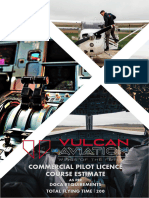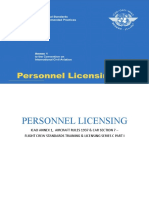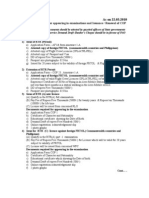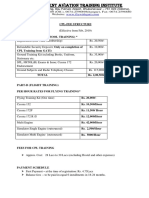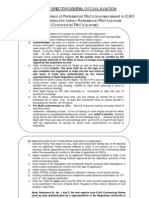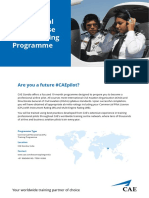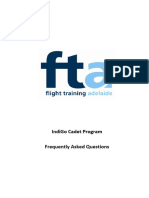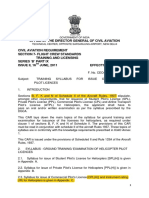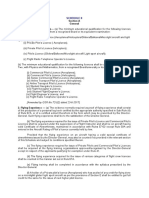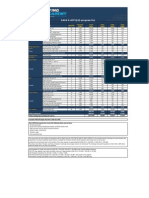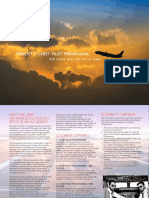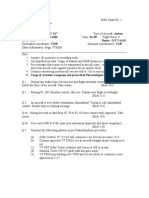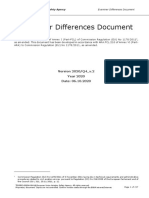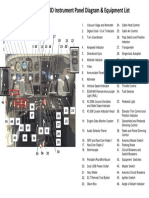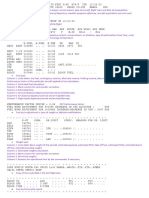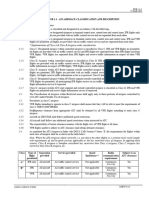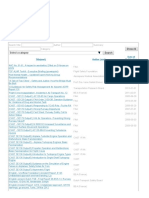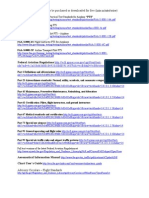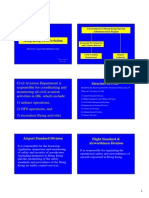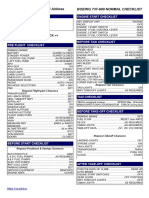0% found this document useful (0 votes)
277 views1 pageAppendix 4. Ats Airspace Classes - Services Provided and Flight Requirements
The document defines 7 airspace classes - A through G. Each class provides different levels of air traffic control services, separation of aircraft, radio communication requirements, and speed limitations. Class A airspace provides the highest level of control for IFR flights only. Class G airspace provides the lowest level of service with only flight information for both IFR and VFR flights and no air traffic control or separation between aircraft.
Uploaded by
Gilo95Copyright
© © All Rights Reserved
We take content rights seriously. If you suspect this is your content, claim it here.
Available Formats
Download as PDF, TXT or read online on Scribd
0% found this document useful (0 votes)
277 views1 pageAppendix 4. Ats Airspace Classes - Services Provided and Flight Requirements
The document defines 7 airspace classes - A through G. Each class provides different levels of air traffic control services, separation of aircraft, radio communication requirements, and speed limitations. Class A airspace provides the highest level of control for IFR flights only. Class G airspace provides the lowest level of service with only flight information for both IFR and VFR flights and no air traffic control or separation between aircraft.
Uploaded by
Gilo95Copyright
© © All Rights Reserved
We take content rights seriously. If you suspect this is your content, claim it here.
Available Formats
Download as PDF, TXT or read online on Scribd
/ 1
